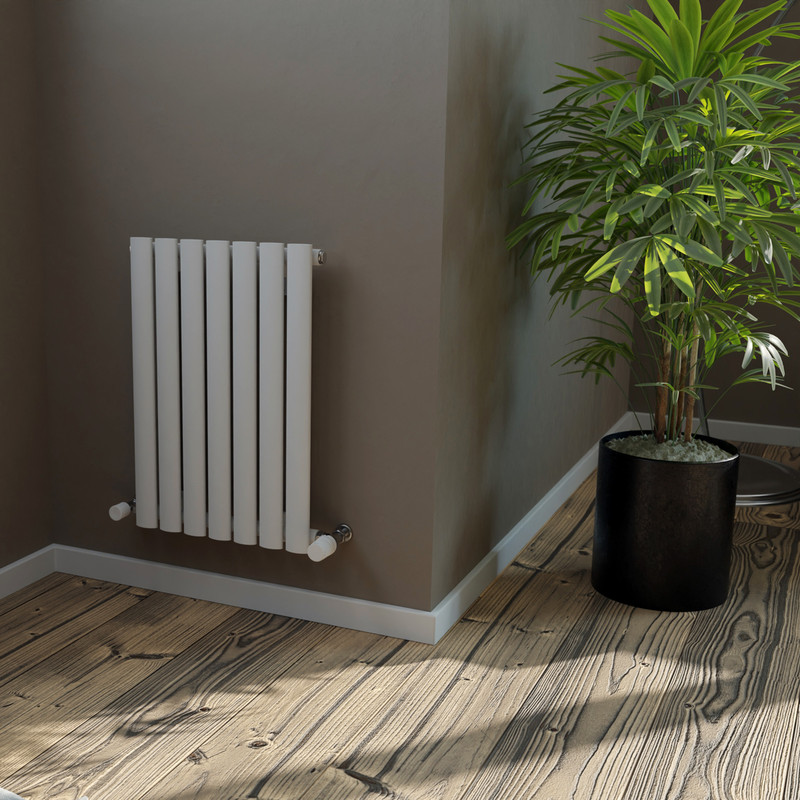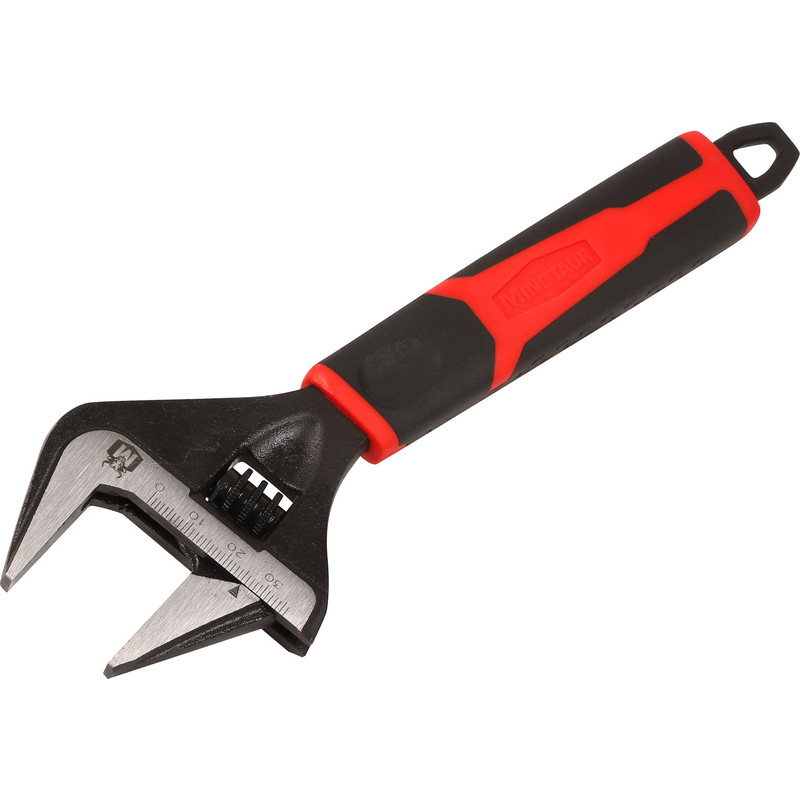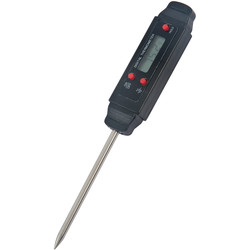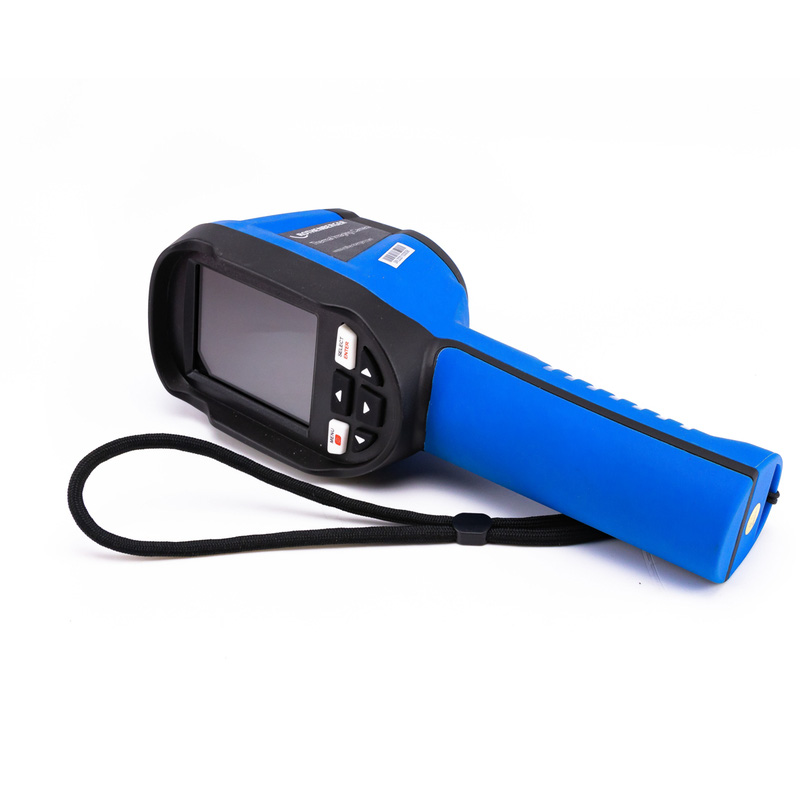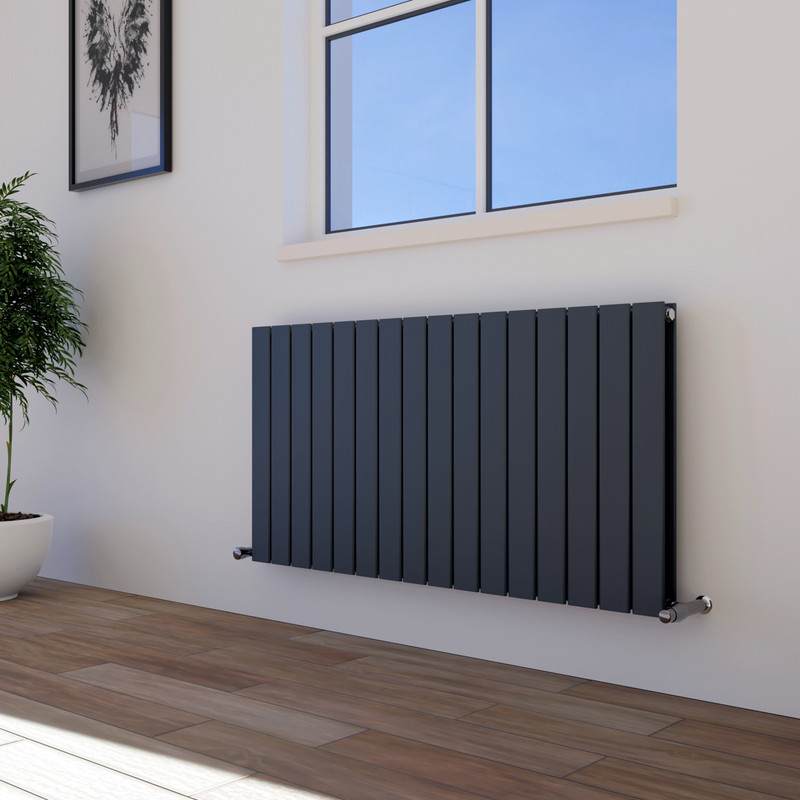Achieving the right balance in your heating system is essential for both comfort and cost-efficiency. If your radiators are unbalanced, it means they are not heating up at the same speed. It’s likely that the radiator closest to the boiler will heat up first, but balancing the radiators can make a big difference to the effectiveness of your heating in the colder months.
Essential Tools & Equipment
As well as the equipment listed below, you'll also need a pen and paper, or a note taking app.
Step 1: Understand Your Heating System
-
Familiarise yourself with the flow and return pipes in your heating system.
-
Identify the boiler and type, which will likely have a pump that circulates hot water.
-
Locate the lock shield valve on each radiator which controls the flow of hot water in your radiators.
Step 2: Determine The Radiator Sequence
-
Turn your central heating on.
-
Write down the order in which each radiator heats up – it will likely be the closest radiator to the boiler first, and the furthest radiator last.
-
You may want to ask for help for this step to make sure you get the order right.
-
Once you have the order, turn the central heating off and wait for it to cool before moving onto the next step.
Step 3: Adjust The First Radiator
-
Turn the heating back on once it’s completely cooled, and go to the radiator that heats up fastest.
-
Remove the cap on the lock shield valve.
-
Using an adjustable spanner, close the valve completely and then open it by a quarter turn.
-
Take the temperature of the pipework next to the lock shield valve, and the temperature of the pipework on the opposite end of the radiator – there should be a 12 degree drop in temperature.
-
If there is a larger drop in temperature, you will need to open the valve more – or close it if there is a smaller drop than 12 degrees.
Step 4: Repeat For Other Radiators
-
Repeat the process for the other radiators.
-
You’ll find that the radiators furthest from the boiler will need the lock shield valve opened more than the closest radiators in order to let more hot water through.
-
Monitor the heat distribution over the next few hours and days and make minor adjustments if needed.

